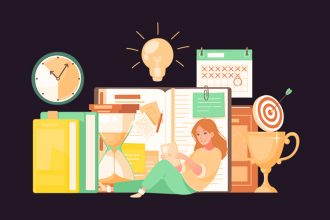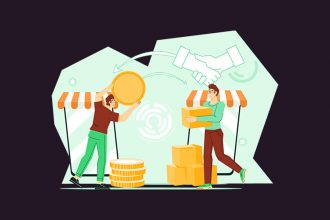You May Find It Interesting
Preparing for the Circular Economy Act 2026
Learn how manufacturers can align with the EU Circular Economy goals by preparing for the Circular Economy Act 2026.
Read moreHow Top Brands Use PIM to Rule the Digital Shelf
See how top brands use PIM solutions to manage product content, improve digital shelf performance, and grow faster across eCommerce channels.
Read moreEU Compliance Made Easy: Essential Checklists for eCommerce Success
We’ll dive into key EU regulations like EPREL, GPSR, the Digital Product Passport, and more, complete with handy checklists you can use.
Read more
Jobs To Be Done For eCommerce Customer Journey Map
Learn what is jobs to be done approach and how to apply JTBD framework for an eCommerce customer journey mapping.
Read more
A Guide To eCommerce Customer Journey Touchpoints And Mapping
Comprehending eCommerce journey mapping and touchpoints can help you drive sales and enhance consumer experience. Learn all the essentials in this guide.
Read more
B2B eCommerce SME Growth: Connecting To Marketplaces
Learn how small and medium B2B eCommerce enterprises can drive growth and reach out to a larger customer audience by harnessing international B2B marketplaces.
Read more
Customer Journey Map For eCommerce Website
Learn about Customer Journey, the stages of it, and specifics for eCommerce websites to reach the most effectiveness in Customer Journey Mapping.
Read more
Building A Successful Omnichannel Strategy
Learn how omnichannel product information management can boost your business, increase sales and deliver an excellent customer experience.
Read moreHow To Boost Compliance with Circular Strategies
Align your business with EU ESPR rules to boost sustainability, cut waste, meet compliance, and unlock cost-saving circular strategies.
Read moreWEEE Compliance 101: What Brands and Retailers Need to Know
Explore the risks of poor e-waste management and discover smart practices like take-back programs, recycling, and circular product design.
Read more